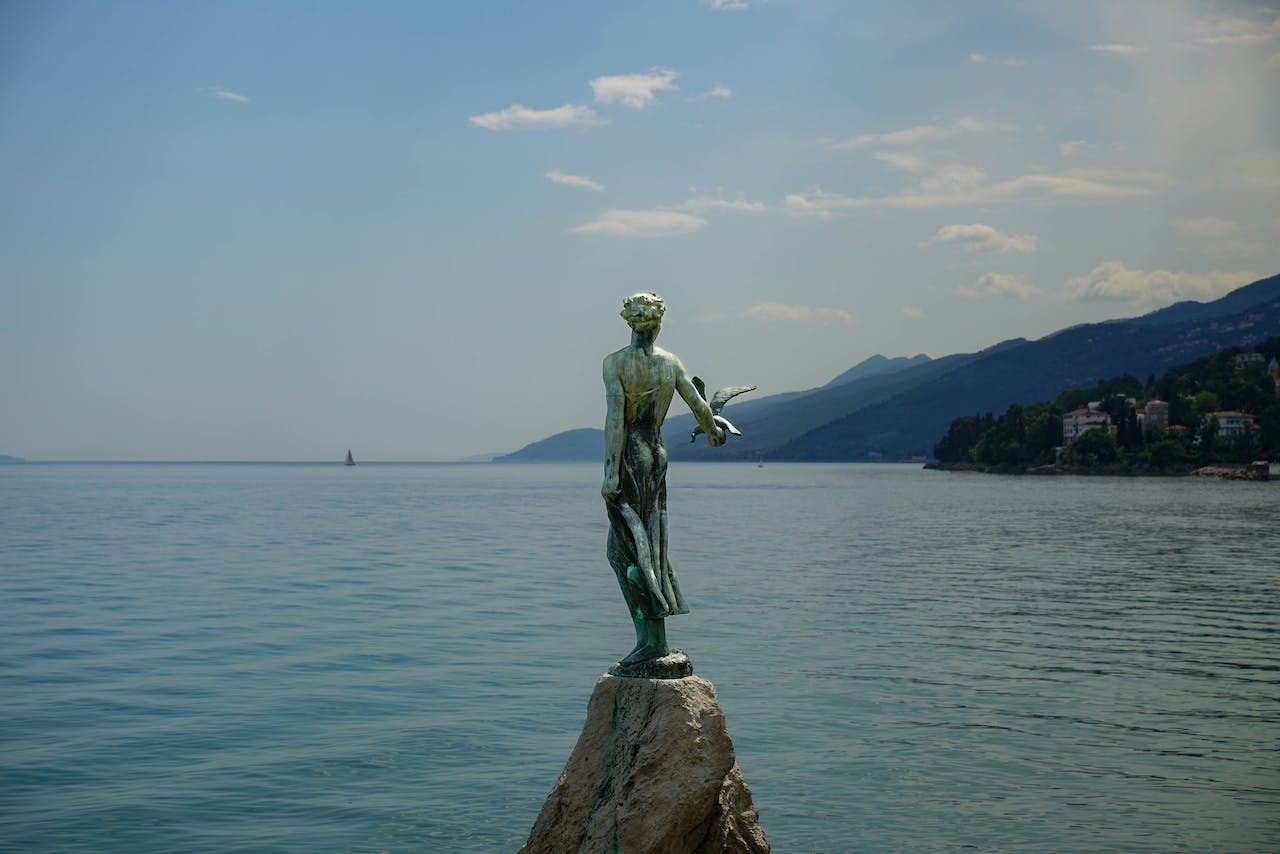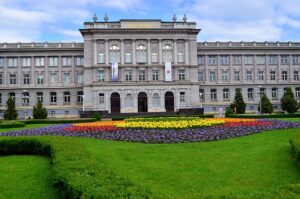Opatija has a remarkable heritage of the tourism and hospitality industry, which dates back all the way to the 19th century.
Opatija is a city in Croatia that boasts the longest-standing tourist tradition. This year, it proudly celebrates its 180th anniversary of tourism, which dates back to 1844. The city was constructed during the transition from the 19th to the 20th century and is renowned for its captivating architecture, meticulously maintained parks, the Lungomare Promenade, and its well-preserved baths and fountains.
The initial allure of Opatija was discovered by Iginio Scarpa, a nobleman from Rijeka. In 1844, Scarpa built a splendid mansion named Villa Angiolina, in honor of his late wife. This marked the beginning of the city’s tourism development. Soon enough, Villa Angiolina became the heart of social life in Opatija and played host to esteemed guests such as the Austro-Hungarian Emperor Franz Joseph, Ban Josip Jelačić (1854), and Empress Maria Ana (1860).
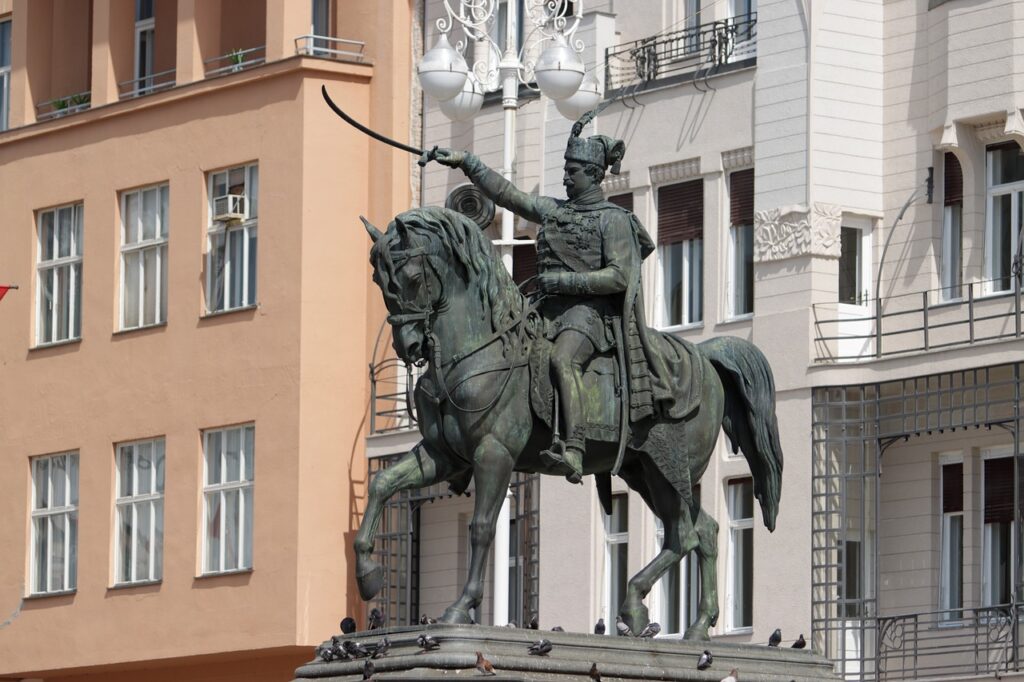
The development of Opatija exceeded all expectations until the outbreak of the First World War. With the support of Austria-Hungary, Opatija experienced rapid growth and progress. This was evident when director Friedrich Schüler and the shareholders of Southern Railways selected Opatija as the most promising location for hotel construction.
Alongside the construction of the Quarnero Hotel, significant efforts were made to promote Opatija as a climate health resort, often referred to as the “Austrian Nice”. In addition to the hotel itself, various amenities were built, including a pavilion with an indoor swimming pool featuring heated seawater, a separate swimming pool for men and women, and a coastal road stretching 12 kilometers from Volosko through Opatija to Lovran.
On March 27, 1884, the first hotel in Opatija, known as the Quarnero Hotel (now Kvarner), was inaugurated. It boasted a total of 60 rooms. Following the success of the Quarnero, the construction of the Kronprinzessin Stephanie Hotel (currently known as the Imperial Hotel) began.

During this period, a multitude of opulent villas, summer retreats, hotels, guesthouses, sanatoriums, pavilions, bathing areas, promenades, and parks were constructed. In 1885, under the auspices of the Southern Railways, Opatija hosted the inaugural congress of balneologists. This momentous occasion led to the declaration of Opatija as a climatic health resort in 1889. The following year marked the official opening of Zora’s residence, complete with a reading room, which quickly became the epicenter of Croatian cultural life in and around Opatija.
Opatija was an exceedingly popular destination, attracting renowned physicians from across the Monarchy who established sanatoriums and oversaw the construction of promenades and bathing facilities. Alongside illustrious European spa towns like Nice, Karlovy Vary, Cannes, and Biarritz, Opatija rose to prominence as one of the most significant health resorts in Europe during the 19th and early 20th centuries. Before the outbreak of World War I, Opatija held the distinction of being the leading destination in terms of visitor numbers, a fact recorded by official statistics since 1883. It earned the endearing moniker “Nice of the Adriatic” among its admirers.

The development of Opatija’s luxurious infrastructure transformed it into an alluring haven for those seeking relaxation and rejuvenation. From opulent villas to scenic promenades and state-of-the-art sanatoriums, Opatija catered to the elite and affluent who flocked to its shores. The presence of esteemed medical professionals further solidified its reputation as a premier health retreat. The establishment of Zora’s residence as a cultural hub further enriched Opatija’s allure, offering intellectual nourishment amidst its stunning natural surroundings.
Today, Opatija continues to captivate visitors with its timeless charm and grandeur. The legacy of its illustrious past lives on in the elegant villas, well-manicured parks, and picturesque promenades that grace its landscape. As a testament to its enduring appeal, Opatija remains a cherished destination for those seeking solace, serenity, and a taste of the refined European lifestyle.
Opatija held the distinction of being the top destination for tourists before the First World War, with official records being kept since 1883. It was even given the nickname “Nice of the Adriatic” due to its popularity. Before the outbreak of the war, there were a total of 5,976 beds available for tourists, which were spread across hotels, guesthouses, and spas. The main markets for Opatija were Vienna and Budapest, as these two cities were the largest in the Austro-Hungarian Monarchy.
Monitoring of tourist nights in Opatija began in 1899, and during that time, guests typically stayed for an average of three weeks. This longer duration can be attributed to Opatija’s reputation as a healing destination. It was often referred to as the “winter Vienna” as the peak season occurred during the winter months and a significant portion of its clientele came from Vienna.
Opatija also ranked as the second most visited spa after Karlovy Vary.
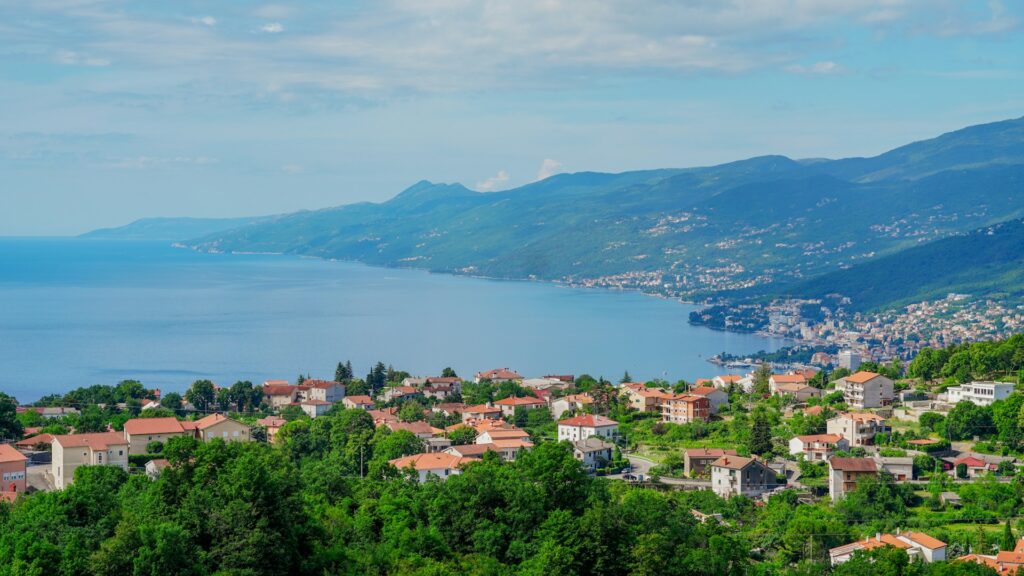
After the downfall of the Austro-Hungarian Monarchy, Opatija fell under Italian control, and the political changes during that time had a detrimental effect on its growth as a tourist destination. As it came under Italian rule, Opatija slowly started losing its reputation as a health resort. This decline reached its peak in 1932 when the health authorities prohibited the entry of individuals with diseases, as stated in the Rome Decree.
However, with the annexation of Istria to Yugoslavia, tourism in Opatija experienced a revival. This resurgence was fueled by the establishment of new tourist organizations and hotel companies. Additionally, there was an expansion in the range of organized entertainment and sporting events offered to visitors.
The revitalization of health tourism began in 1960 with the opening of the Thalassotherapy Institute. Gradually, Opatija also started attracting congress tourism. Over the following years, numerous international congresses were held, representing world and European associations from various fields such as medicine, transportation, sports, science, politics, and tourism. One of the most significant events was the Congress of the International Ski Federation (FIS) in 1971, which led to the construction of the congress hall at GH Adriatic.
Opatija is a destination that captivates visitors instantly with its charm and beauty.
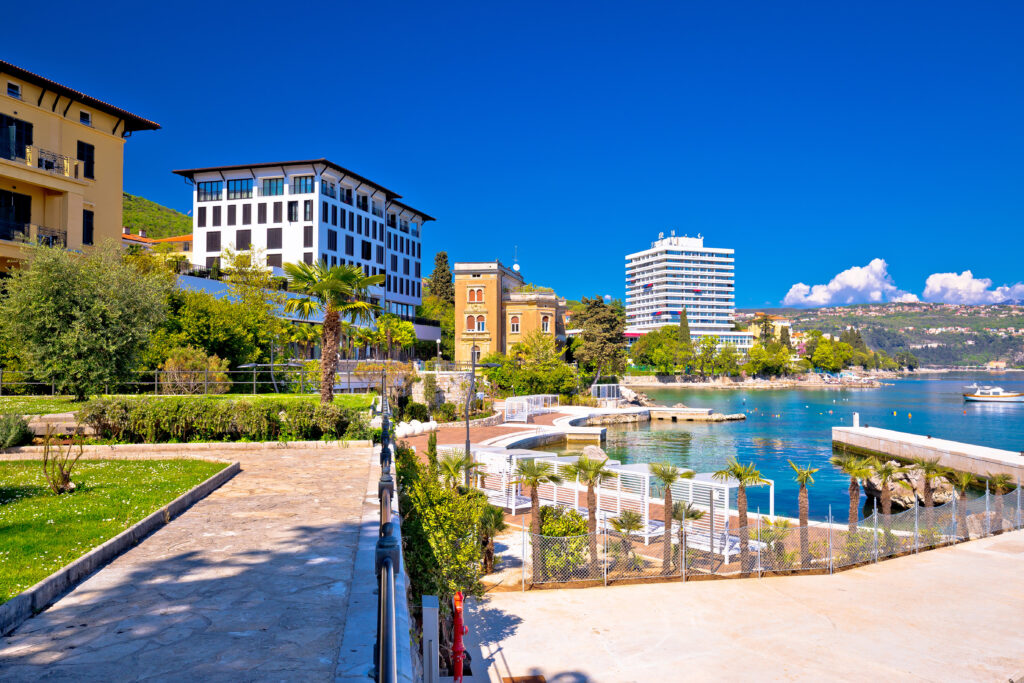
In Opatija, you have the opportunity to discover the fascinating narrative of Croatian tourism at the Museum of Croatian Tourism. This museum is comprised of three distinct buildings: Villa Angiolina, Juraj Soper Art Pavilion, and Swiss House. Villa Angiolina holds a special significance as it is not only the oldest villa in Opatija, but also serves as the headquarters of the Museum. The Juraj Soper Art Pavilion consistently hosts captivating exhibitions, providing visitors with a continuous source of artistic inspiration. Additionally, the Swiss House offers a compelling journey through the rich history of Opatija’s tourism, spanning from its inception to the present day.
Opatija is a place that guarantees not only an extraordinary getaway but also beckons you to explore the captivating charm of Croatia’s Adriatic coast. Opatija eagerly awaits, prepared to unveil its rich history to those who desire an unforgettable journey.

